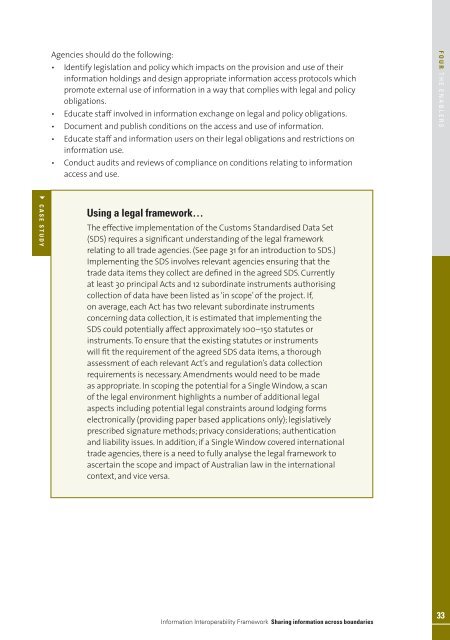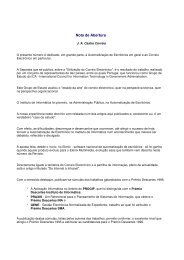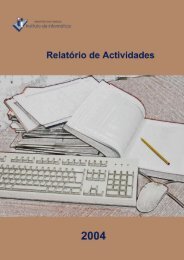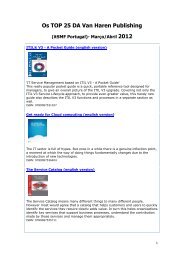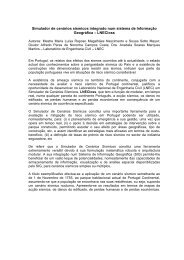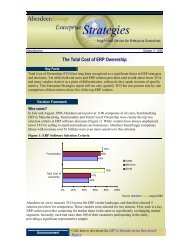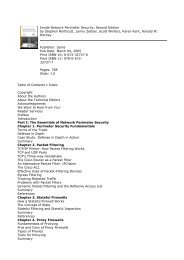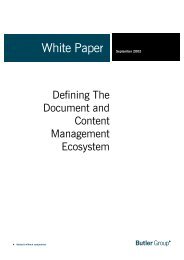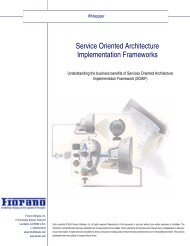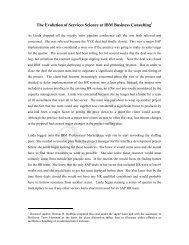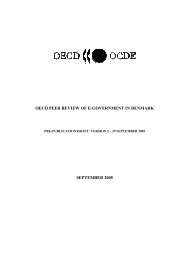Australian Government Information Interoperability Framework (pdf
Australian Government Information Interoperability Framework (pdf
Australian Government Information Interoperability Framework (pdf
Create successful ePaper yourself
Turn your PDF publications into a flip-book with our unique Google optimized e-Paper software.
Agencies should do the following:• Identify legislation and policy which impacts on the provision and use of theirinformation holdings and design appropriate information access protocols whichpromote external use of information in a way that complies with legal and policyobligations.• Educate staff involved in information exchange on legal and policy obligations.• Document and publish conditions on the access and use of information.• Educate staff and information users on their legal obligations and restrictions oninformation use.• Conduct audits and reviews of compliance on conditions relating to informationaccess and use.F O U R T H E E N A B L E R S4 C A S E S T U D YUsing a legal framework…The effective implementation of the Customs Standardised Data Set(SDS) requires a significant understanding of the legal frameworkrelating to all trade agencies. (See page 31 for an introduction to SDS.)Implementing the SDS involves relevant agencies ensuring that thetrade data items they collect are defined in the agreed SDS. Currentlyat least 30 principal Acts and 12 subordinate instruments authorisingcollection of data have been listed as ‘in scope’ of the project. If,on average, each Act has two relevant subordinate instrumentsconcerning data collection, it is estimated that implementing theSDS could potentially affect approximately 100–150 statutes orinstruments. To ensure that the existing statutes or instrumentswill fit the requirement of the agreed SDS data items, a thoroughassessment of each relevant Act’s and regulation’s data collectionrequirements is necessary. Amendments would need to be madeas appropriate. In scoping the potential for a Single Window, a scanof the legal environment highlights a number of additional legalaspects including potential legal constraints around lodging formselectronically (providing paper based applications only); legislativelyprescribed signature methods; privacy considerations; authenticationand liability issues. In addition, if a Single Window covered internationaltrade agencies, there is a need to fully analyse the legal framework toascertain the scope and impact of <strong>Australian</strong> law in the internationalcontext, and vice versa.<strong>Information</strong> <strong>Interoperability</strong> <strong>Framework</strong> Sharing information across boundaries33


